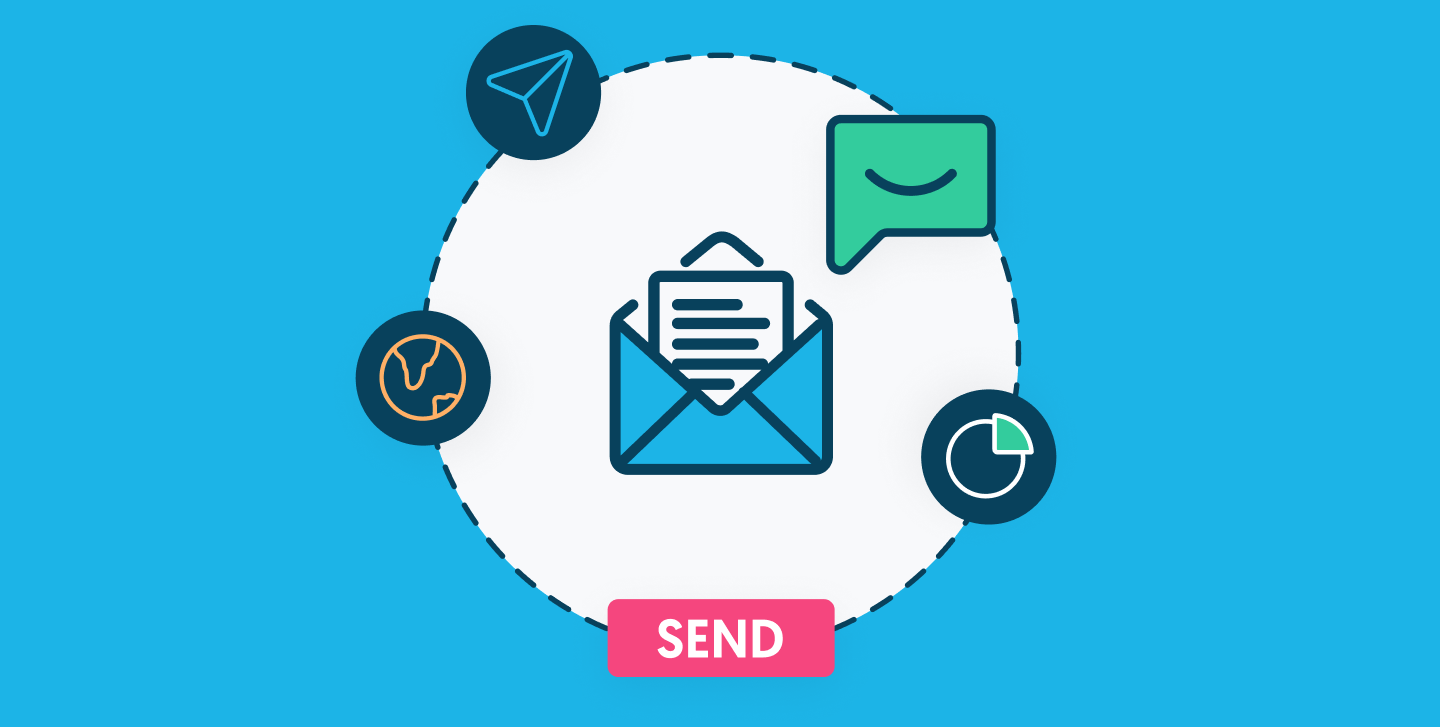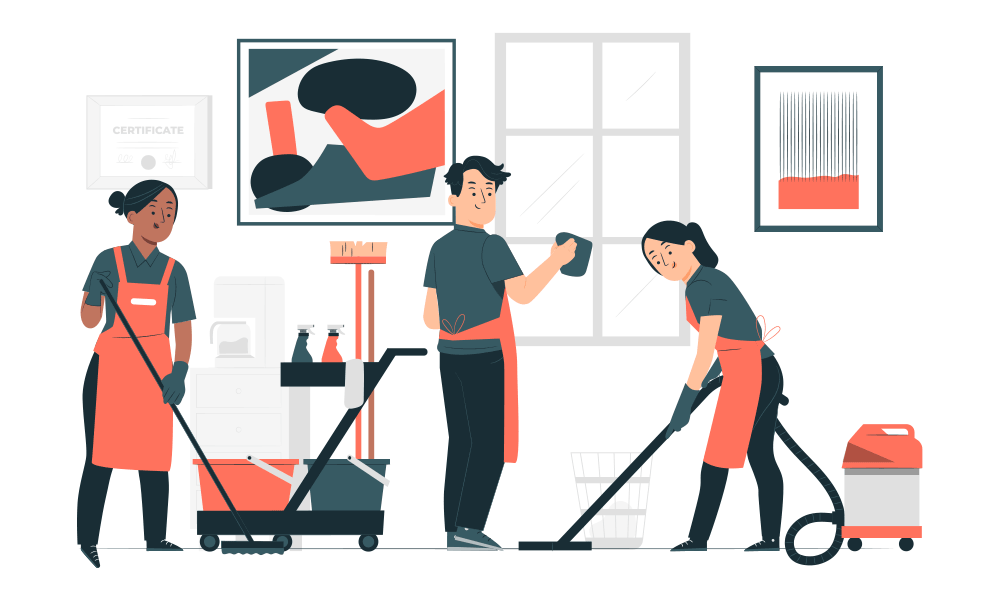The importance of follow-up emails in B2B marketing
In the fast-paced world of B2B marketing, follow-up emails play a crucial role in nurturing leads and closing deals. While the initial contact may capture a prospect’s attention, it is the follow-up email that keeps the conversation going and builds a relationship. In fact, studies have shown that follow-up emails can increase response rates by up to 30%.
Follow-up emails are essential because they allow you to stay top of mind with your prospects, reminding them of your value proposition and keeping your brand fresh in their memory. They also provide an opportunity to address any questions or concerns that may have arisen during the initial contact https://reply.io/email-template-categories/follow-up/ . Moreover, follow-up emails demonstrate professionalism and persistence, showing your prospects that you are serious about doing business with them.
To effectively leverage follow-up emails in your B2B marketing strategy, it is crucial to understand the process and best practices that drive success.
It can be interesting for you – https://reply.io/e-books/follow-up-guide/.
Understanding the B2B follow-up email process
The B2B follow-up email process consists of several stages, each serving a specific purpose in moving the prospect closer to a sale.
The first stage is the initial contact, where you introduce yourself and your company to the prospect. This is your chance to make a positive impression and capture their interest. Once the initial contact is made, it is important to follow up promptly with a thank-you email or a personalized message that reinforces your value proposition and sets the stage for further communication.
The next stage is the follow-up sequence, which involves a series of strategically timed emails designed to nurture the prospect and build a relationship. These emails should provide valuable content, address pain points, and highlight the benefits of your product or service. The key is to strike a balance between being persistent and not overwhelming the prospect with too many emails.
Finally, the closing stage is where you make the ask and move the prospect towards a sale. This could be a request for a meeting, a demo, or a proposal. The closing stage emails should be concise, compelling, and make it easy for the prospect to take the desired action.
It can be interesting for you – https://reply.io/jason-ai/.





